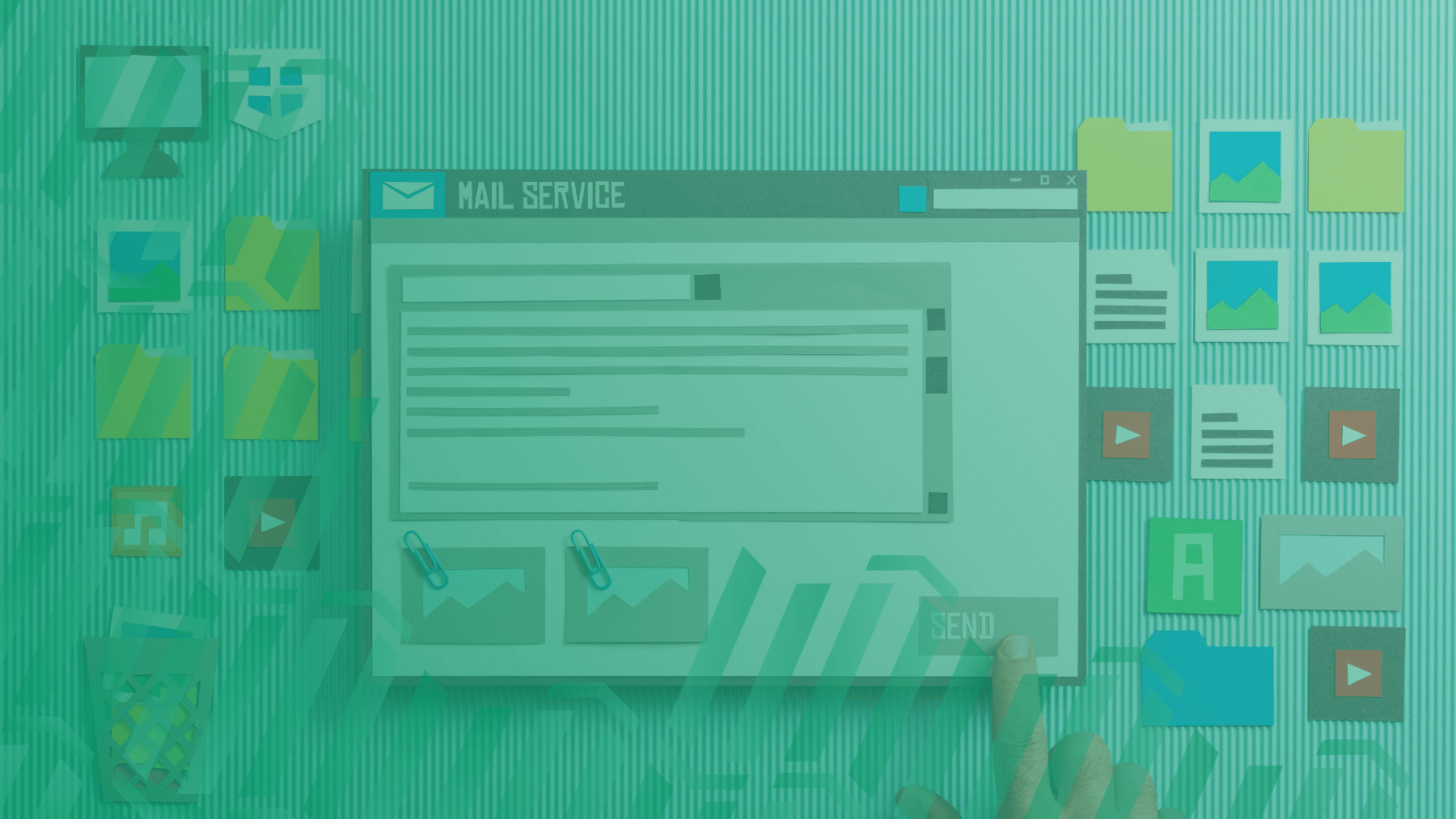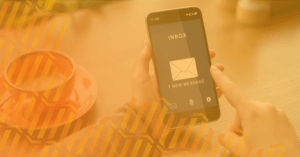How to Improve Communication with Customers via Email
September 8, 2020 | Read: 6 minutes

How to improve communication with customers is such a broad topic that it’s hard to find a place to start when you sit down to think about it.
It is, however, worth working on because, at the end of the day, communication is the foundation for any good relationship.
When you build trust with your customers, you end up reaping a variety of rewards, from the ability to charge premium prices, to having a loyal customer base to tide you over in challenging times.
But where do you start? Well, the easiest way is to start with an email. This being said…

1. When should you send your customers emails?
As we said, it’s difficult to give too much detail on every time of email that you send, but oftentimes preparing a good email comes down to following a few common sense good practices.
Only you know your customers well, so you can use that knowledge to tailor your content, and the context of what you’re sending can help as well i.e. a news update you’d like to share could be quite informal in tone, but a job estimate or invoice should be to the point and more formal.
2. How do you get customers to read your newsletter?
If you’re looking for a good way to reach your customers and prospects, then you need to get things in order: segment your subscribers, track open and click rates, and much more.
While there are enough studies, data, and information about email marketing to fill a whole shelf full of books, here are some best practices that will make sure your emails get read—and get the response you want.
If you use an email marketing platform like MailChimp—which has a free plan for businesses (and, even more handily, MailChimp integrates with Commusoft)—you’ll see they let you segment your subscribers so you can send the right messages to the right people, which will cut down on unneeded responses, spam complaints, and other distractions.
For example, with proper segmenting you’ll send emails about a boiler recall only to those customers who actually have the affected brand of boiler, and emails promoting your commercial work only to commercial customers. Most email marketing platforms offer instructions on how to segment, so you’ll get the hang of it quickly.
Getting people to open, read, and take action on your emails may be the most written-about topic in the history of marketing. The bad news is, much of this info is out of date and subscribers quickly catch on to (and hit ‘delete’ on) cheesy email formulas like ‘agitating their pain points’ and ‘the mystery headline.’
Segmenting your list and keeping it clean—more on cleaning your list below—go a long way towards getting people to open your emails because you’re sending the right message to an interested audience. Beyond that, our best advice is to keep it simple and speak the truth:
- You don’t need a fancy design. A pro template is nice, and subscribers say they prefer it to plain-text emails, but study by Hubspot shows that subscribers actually open and read plain-text emails at a much higher rate. So if you don’t have the resources to create custom templates for your marketing emails, don’t sweat it.
- Low-key subject lines and email copy can actually perform pretty well. People who subscribe to email lists quickly get burned out on exclamation point-ridden emails, so try standing out from the crowd by giving your readers a welcome breather from the hype.
- Make sure subscribers can quickly and easily unsubscribe from your emails; if they don’t want to be there, you don’t want them there. That means no hidden links in the same colour as the email background, no making subscribers log in to unsubscribe, and no pop-up saying ‘Are you sure?’. Click and done.
- Be sure your emails all have a call to action. In other words, let your readers know what you’d like them to do. Are you giving a talk at the local community centre and want your customers to attend? Are you offering a discount on boiler check-ups and want people to schedule one today? Make it clear what they should click on next.
That’s it! You don’t need a complicated design, a click-bait subject line, or a long email that carefully pushes all the right buttons. Oftentimes, people appreciate it if you just get to your point: plain and simple.
Read more: What is Field Service Customer Management Automation (and 5 Ways to Start Automating your CRM)
3. What should you be emailing your customers about?
- Payment receipts. Instead of your engineers handing customers hand-scrawled receipts, it could be more efficient to have them zap receipts right into customers’ inboxes.
- Marketing. You might email marketing messages instead of confining them to your website, where you hope customers and prospects will stumble upon them.
- Reminders. You could replace sending zero appointment reminders and service reminders with emailing automated ones.
- Requests. Instead of asking customers for a review only when you happen to remember, how about having an email go out automatically after every job with a request to rate your business on review sites?
- News
- Marketing
- Discounts and offers
4. Email best practices for your service business
With that in mind, here are some best practices to follow when sending (and even responding) to email.
- Schedule a certain time during the day when you respond to people who email you, so you’re not checking and responding all day when you should be running your business.
- Keep emails short. Shorter emails get faster responses anyway.
- Remember that not all emails require (or deserve) a response. Knowing this will keep your head from exploding every time you look at your inbox.
With best practices in mind, it doesn’t hurt to think about the best day to send emails, either, which is why we’ve put together a handy infographic that you can download at the end of this article.
Here’s how to improve communication with customers
Through this mix of best practices you can really start to elevate the effectiveness of your emails and streamline your overall approach.
It’s a case of working smarter, not harder so that the messages you send are focused and serve a clear purpose. This should always bring value and help to inform customers, obtain or send essential information, or win more business.
One other point to note is that it can really make an impact if you take the time to work out the best day to send emails. Different days may serve you better than others. User our Toolkit to start shaping your communications, today:

Cristina Maria
I'm here to bring you next-level strategies to the field service industry. When I'm not working on the best tips to grow your business, I'm on the lookout for sci-fi novels and cookie recipes.








